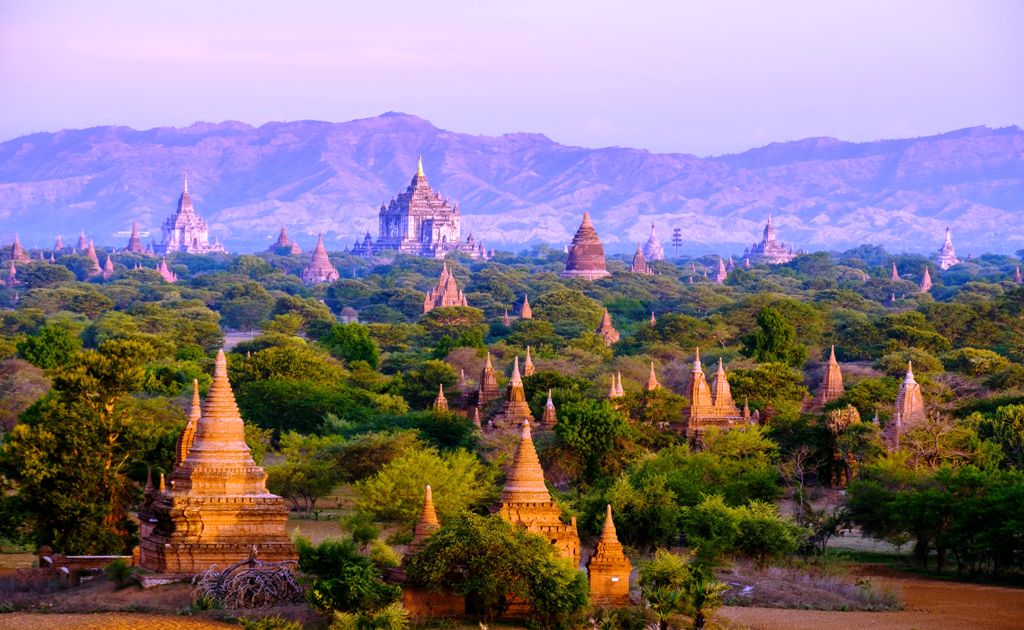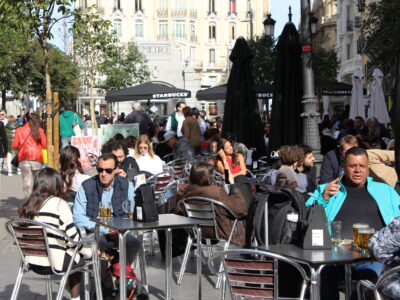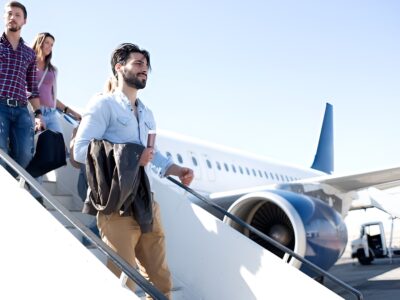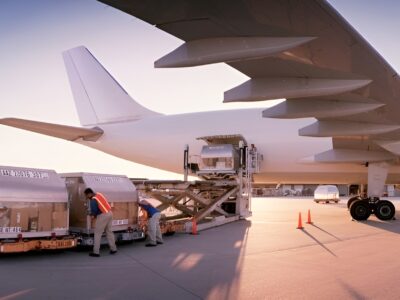Bagan, an ancient city in Myanmar and a UNESCO World Heritage site, is capturing tourists’ attention as Myanmar opens up.
On the banks of the Ayeyarwady (Irrawaddy) River in the Mandalay region of Myanmar lies the ancient city of Bagan, capital of a kingdom from the 9th to 13th centuries. Monks and scholars from as far as India and Sri Lanka as well as the Khmer Empire came to Bagan to study prosody, phonology, grammar, astrology, alchemy, medicine and law.
Known for its historical pagodas, stupas, monuments and houses from different periods, Bagan is the most important historical site in Myanmar and is awe-inspiring with a rich history. The walls of many of these monuments have historic mural paintings. Although Bagan has innumerable structures, they do not look identical, in fact, the number of same type of monuments is very few.
Bagan has an archaeological museum inaugurated in 1904 that captures the rich heritage of the region. From Buddha statues to terracotta work, the museum holds evidence to Myanmar’s history. As detailed by UNESCO, ‘Bagan is a complex, layered cultural landscape which also incorporates living communities and contemporary urban areas’ and has ‘outstanding universal value’. Guides will fill in with colourful stories from the past during the tour of the majestic site as having an authentic English speaking one is a must when exploring the temples and pagodas of Bagan.
Although Bagan is accessible by air, rail, bus, car and riverboat, most of the international tourists fly to the city. Travelling from India to Myanmar is now very accessible, in fact not only Mumbai or New Delhi; Kolkata has some of the best connections to Yangon. Myanmar Airlines operates direct flights and is active in the Indian market. Getting Myanmar visa for the Indians is also easy as both visa-on-arrival and e-visa options were available before coronavirus pandemic broke. Post COVID-19, when travel will resume, hopefully, the earlier visa procedures will be reinstated.
The Nyaung U Airport is the gateway to the Bagan region. Several local airlines have regular flights from Yangon, which take about 80 minutes to cover the 600 km distance. Flights from Mandalay take approximately 30 minutes. These are the two places from where generally tourists arrive in Bagan when they are on a trip to Myanmar. The airport is located on the outskirts of Nyaung U and it takes about 20 minutes by taxi to reach Bagan Archaeological Zone. There are many other ways to travel to Bagan, by river cruise or a bus, but pre-negotiated taxi is the best bet.
Bagan’s economy is based mainly on tourism. Due to frequent protests against the previous military government, tourism infrastructure is still quite modest by international standards. However, the city has a few international standard hotels and many family-run guesthouses. Especially the New Bagan area has some decent accommodation facilities. Verified bookings are strongly recommended as there have been many cases of fraudulent online bookings where guesthouses don’t even exist.
The Bagan cultural authority has introduced a tax of USD20 for all foreign visitors to the site. The staff at the entry ticket booths may try to sell you a pirated copy of George Orwell’s famous novel Burmese Days for USD5 which you may negotiate and get it in USD2! Maps are also sold at MMK 1000 but you need not purchase them as most hotels will give them for free. Even if you are not staying there, just ask for a copy. There is only one travel agent, Sara Travels & Tours (Bagan Travel Bureau), which sells entry tickets to Bagan online. One INR is equivalent to about 18 or 19 MMK and they are called Kyat.
The best viewing point is the top terrace of the Bagan viewing tower from where one can see temples till the horizon. A balloon ride over the temples is also a great way to enjoy the panoramic view. But the hot air balloon rides are expensive starting from about USD320 per person. One can rent a bullock-cart or horse cart with a driver for around INR1000-1500 for a full day. The bullock-carts and horse-carts are slow, shaky, bumpy, and not exactly the most comfortable mode of transportations but you are sheltered from both sun and rain which is a huge plus in hot and wet Myanmar. And because the driver is a local, he will be able to take you to little shops in small villages for a cold drink or some good cheap restaurants. Private air-conditioned cars can also be booked at a very higher price from the hotel lobby.
Temples in Bagan are considered sacred by the Burmese. Therefore a modest dress code covering knees and shoulders is expected, but which is frequently ignored by tourists. The locals and other Buddhist tourists are strongly offended by this but since Buddhists are generally non-confronting, they will keep silent and give a look of displeasure!
It is not possible for a tourist to explore all the temples and pagodas. Hence it is important to know before going what are the must-visits. Expert guides recommend the tour of the archaeological site in five parts – north of old Bagan; inside old Bagan, south of old Bagan, east off southern Anawrahta Road and north and around Minan Thu village. Good planning is important as the massive landscape is sure to make visitors feel lost otherwise. Government-approved guides will take you to the top temples, monuments and pagodas which are worth seeing. However, a student of history, architecture or heritage or simply a lover of all these may wander through the alleys and spend as much time needed.
Ananda Temple is Bagan’s holiest temple that was built in 1091. Ananda comes from the Pali word aanantapannya, which means boundless wisdom. The temple houses four Buddha statues facing the cardinal directions showing that he has attained nirvana. The fifth, maitreya, is yet to appear.
Shwesandaw Temple is the sunset point, where foreign and local tourists gather every evening to view the spectacular Bagan sunset. You have to reach here early, through the steep stairs as the top levels are small and space is scarce and gets very crowded. Vendors sell T-shirts, drinks and souvenirs here.
Bagan is also the centre of Burmese lacquerware industry, which to a large degree depends on tourist demand. Much of the lacquerware is destined for souvenir shops in Yangon and to the world markets. Tourists can spend some time to see the lacquerware-making process and buy some samples, after having driven a hard bargain.
Early in the morning here, watching the monks, wearing burgundy vests, parading barefoot is a divine experience. The first in the parade is the announcer carries a little bell and beater. Some bald-headed female monks with their pink robes, orange skirts and beige-ochre shoulder-to-armpit wrapped towels beg using woven cane trays carried over their head and receive only one spoonful of uncooked rice from each donor.
Heritage lovers must visit Bagan that, with its 4,446 Buddhist temples, pagodas and monasteries of which 3,822 survive to the present day, is now competing with Machu Picchu and Angkor Wat.
‘‘The grandeur of Bagan does not lie inside a single monument, it is in the whole of the place, so iconised in the panorama shots of flat plains strewn with the silhouette of stupas rising darkly, like long-gone creatures. It is the basis of Myanmar as we know it today. It is to Myanmar what Angkor Wat is to Cambodia, Borobudur to Indonesia, and Ayutthaya to Thailand. As an archaeological site, it is among the richest in the world,” commented Abhijit Dutta, the author of Myanmar in the World: Journeys through a ChangingBurma.
























